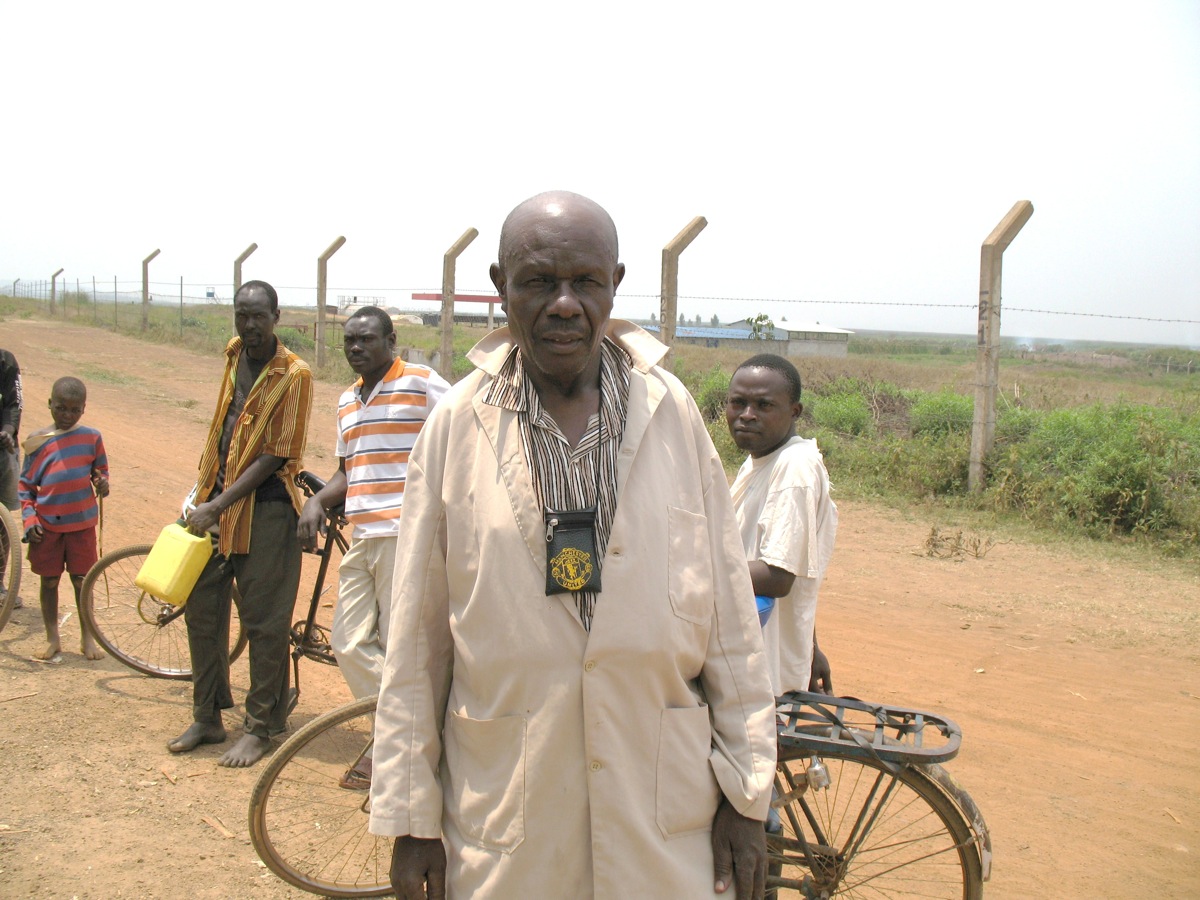
Sage Magazine asked Jennifer Baka, an anthropologist who researches effects of biofuel policy on rural communities in India, to sit down with world-renowned British journalist Fred Pearce. Pearce’s most recent book, The Land Grabbers: The New Fight over Who Owns the Earth (Beacon), investigates how governments and private companies are taking over public lands from the communities who have traditionally occupied them.
Jennifer Baka: What motivated your interest in land grabs?
Fred Pearce: I was looking around for something with a global perspective, and it seemed that land grabs really became an issue after 2008, after the food price spike, with national governments beginning to get worried and trying to secure food supplies. The Chinese, the Koreans, the Saudis, who are the biggest, at least in terms of deals done. And with the whole biofuels business, there was a push on the back of food commodity price increases — suddenly land became such a critical resource. And then I just took it where it went. Some people criticize the book for not having a theoretical framework. I’m a journalist, I’m a reasonably intelligent journalist. I try to piece things together, but really I just go where the story takes me. That’s what I do.
JB: What about the term itself? What makes a land grab?
FP: It’s a loose term but I think it works. Land is being taken by those in power from people whose ability to resist is pretty minimal. Typically it happens in the form of governments handing out long-term leases— because governments have nationalized the land either in post-imperialist times or subsequently and held it in trust of the people. And I think there’s a lot of guilt in these countries at the failure of agriculture and being able to provide for the people in general, particularly in the case of post-imperial Africa, and they’re looking for a quick fix. They see foreign investment as that quick fix, whereas investment in the expertise and knowledge and skills of the people themselves—whether pastoralists, or community foresters, or smallholder farmers— would be the more sensible development investment. The two negative themes of land grabs are justice—that people are being displaced from their lands and have very little recourse to stop it—and that giving over your land to investment by foreign capital is a false model of development.
JB: What kinds of promises are being made by investors and foreign investors?
FP: They all say it will bring prosperity and jobs and food. Sometimes it brings some of those things, but not always.
JB: Right, a major question is: does the food come back to the communities where it is grown?
FP: Exactly. And jobs. Land grabs generate very few jobs, generally speaking. They tend to drive further movement toward the cities. I’m not opposed to urbanization as an idea, but when there is more push than pull, it does seem to be a problem. Land grabbing drives the sort of food economics in which agribusiness produces food for people who are cooped up in cities, rather than a model where a significant number of people are actually producing food and running their own markets. Basically the promise is a sort of western form of living where we can all be in cities and not worry about the countryside.
There are other things going on, of course. A lot of what’s going on in Gambela, in southern Ethiopia, is about migration and tribal disputes and responses to the famines of the 80s and the nature of the porous border with South Sudan.
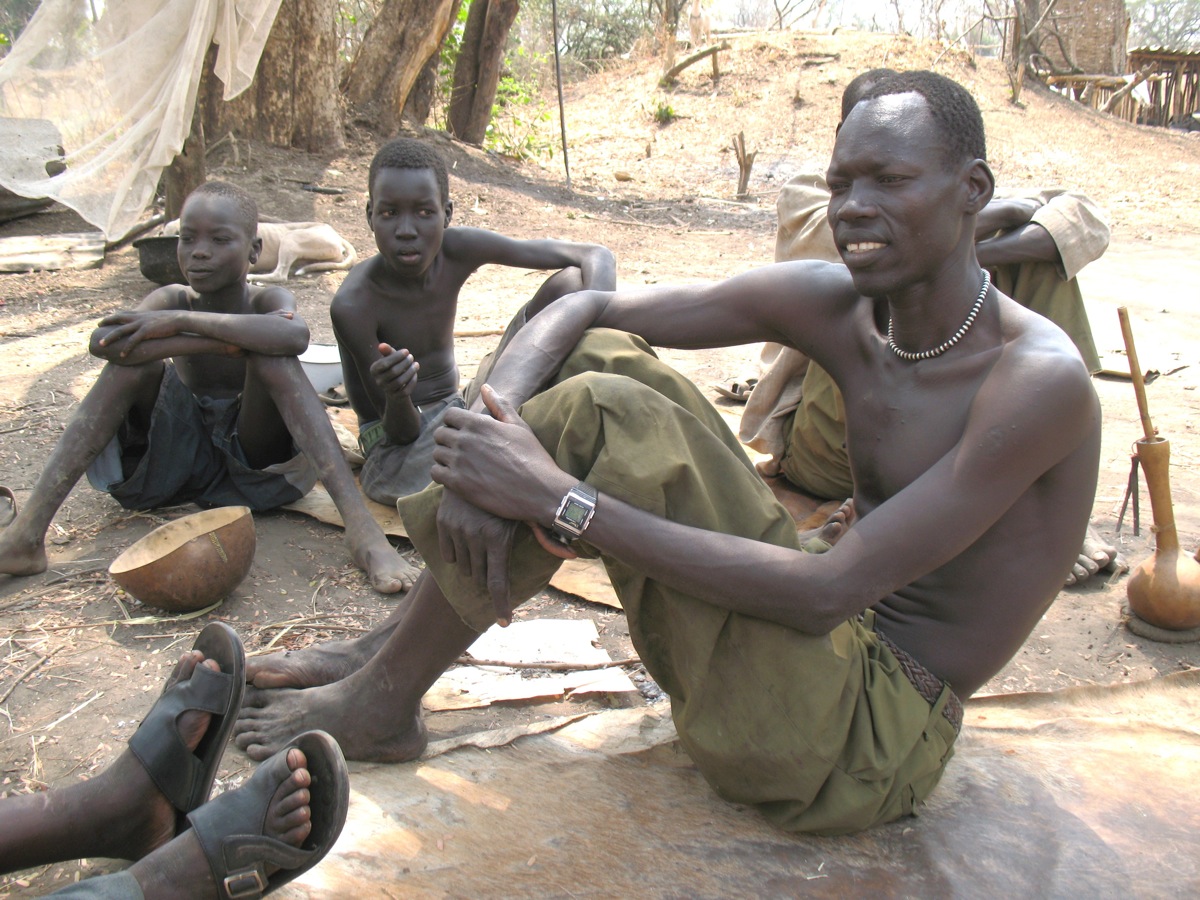
JB: Where is this notion of the imperative for foreign investment coming from?
FP: I suppose it’s neo-liberal orthodoxy, how we do development after the nineties. I’m not an economist, so I’m talking broadly.
JB: How did you get to all the places? I think you went to 26 countries in the book?
FP: Well some of those places I’d been before. I’d been to Sumatra, which is a classic example of a land grab, with huge tensions. I looked for places where things were fairly far advanced, where I could go find where things are actually happening, to see how things play out on the ground.
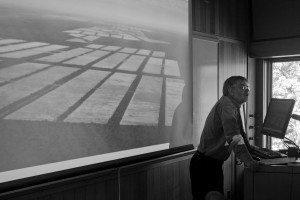
Brazil is another example. Brazil wants to save the Amazon—brilliant. But what’s happening is that all the people who were planting in the Amazon are now planting their crops in the Cerrado. They’re trying to do prairie-style agriculture in what is essentially a tropical savannah. Now the Cerrado is disappearing. The ranchers in the Cerrado are making a killing because they are selling their land for way more than it was worth before and heading over the border into Paraguay and trashing the Chaco. And we can look to Brazil also to get a sense for how things are going to happen in certain parts of Africa, too.
JB: What is the Brazilian-African linkage?
FP: Brazilians are doing quite a lot. Their mining companies are in Mozambique, their soya companies are now moving in, and they’re offering prairie-style agricultural techniques. The Brazilians are the first to do prairie-style agriculture in the tropics, and it’s really very impressive.
JB: That’s the thing that struck me in my research—both in India and also in Brazil—the role of the developing countries in these markets. One company that I was studying in Tamil Nadu is setting up jatropha plantations in Ethiopia.
FB: There is a lot of South-South going on. The prime movers are very often South-South. Indians are big land grabbers. I didn’t get to India for this project because it didn’t quite fit.
JB: Well, for starters you’re not going to find people with 400 hectare plots there.
FP: And also there, mostly, it’s Indians grabbing Indian land. There aren’t an awful lot of Indians grabbing land elsewhere. So it didn’t fit the simple model of what I was trying to do. So I’d be interested in hearing what you found there.
JB: I was just trying to see the mechanics. People were getting subsidies for biofuels from the government, because that’s the signal. The Indian government is saying we want to subsidize the growing of biofuel crops, especially on wastelands. So then they would go ahead and acquire these lands. That’s basically what my research is about, trying to understand this dynamic from multiple perspectives. They get the biofuel subsidies, plant a couple jatropha trees, then they sell off the land as real estate before the jatropha trees ever mature.
FP: In Africa jatropha has been just a disaster.
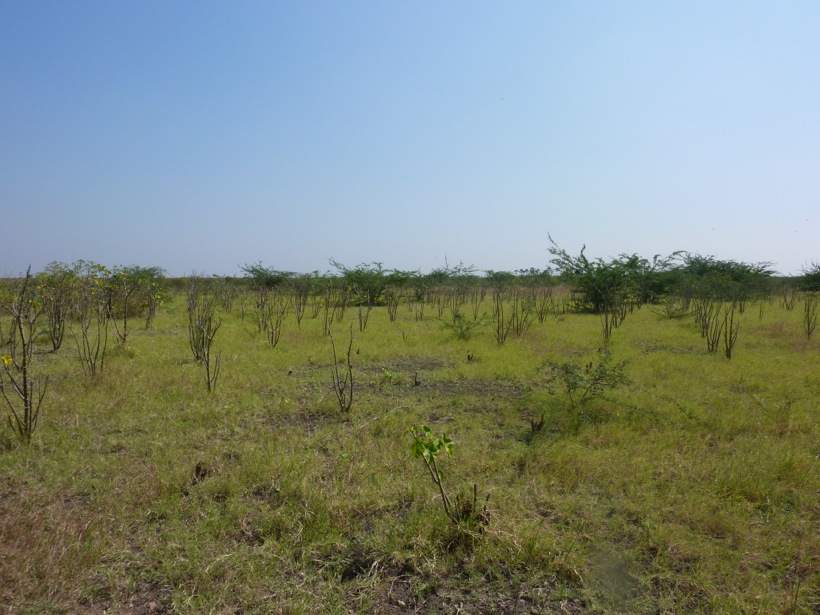
JB: I would characterize it as the same in India. But we’re seeing another policy surge with it, because we’re seeing the European Emission Trading Scheme now encompassing the aviation sector. What alternative does the aviation sector have? Who’s going to pay a carbon tax?
FP: Yes, aviation is behind lots of it. Even if the yields aren’t what they expected, they’re going to stick with it.
JB: Does it strike you as curious that formerly colonized countries are now becoming colonizers?
FP: It’s not the new imperialism, it something much more complex. If you go to Ethiopia, it’s the Saudis and the Indians. The Brazilians are huge operators throughout Latin America, particularly in mining and agriculture. They’ve got a lot of cash from their work in Brazil and now they’re acquiring cheaper lands.
JB: A main question seems to be what kind of land are they going after. In India, they claim to be going after wasteland, but when you get on the ground and talk to people, you quickly learn there’s really no such thing.
FP: Basically there isn’t much wasteland and there isn’t much unoccupied land. There are other terms, like underused, which the World Bank likes to use. By and large, a lot of smallholder farms are remarkably productive. If you look in terms of tons of grain per hectare it might not look so productive, but if you look at all the gardens and all the chickens and all the other crops hanging about, it looks rather more productive, as well as having a whole host of social uses that you just can’t get with an agri-business farm.
The whole debate about whether land is underused is very complex. A lot of that land is pastureland. Land is seen as unused if it isn’t fenced in and cultivated. That’s misleading. Livestock is a vastly important resource and a greatly undervalued resource. And the debate about the pastoral commons is very related to that about the forested commons. They both have to do with a conversation around privatization of resources and conversion to conventional business activity, rather than keeping land as a collectively owned resource outside the cash economy and therefore not even measured at the national level. A really big problem is how you measure economic activity in poor, rural communities. We don’t do it effectively until people show up in cities and need jobs.
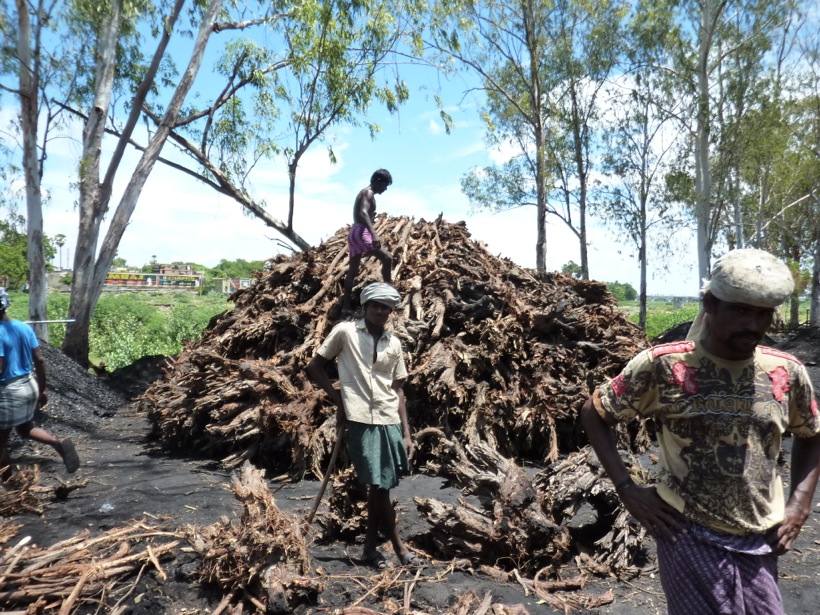
JB: Right, and there’s nothing for them.
FP: The countries say, ‘Oh we’re going to create a lot of jobs!’ but the question is: ‘Didn’t you just destroy a lot of jobs?’
JB: Have you seen any examples of positive outcomes of protecting local agriculture regimes?
FP: Yes. In the Machakos district of Kenya, there is an oft-quoted example, but it’s not unique in the least. About 50 years ago, the imperialists were writing off the area because of desertification. The cattle herding communities were beginning to turn themselves into farmers. They themselves realized there were too many people for pastoralism and that they were damaging the land. Now, 50 years on, there are more trees, more people, more food production, less soil erosion then ever before. They’re selling into markets in Africa, in the Middle East, into Europe. They’re doing it in a landscape that is thought to be beyond the limits of sustainability. People talk about the Machakos miracle.
JB: When I think about that, I just wonder how those local types of solutions may complement or counteract development dollars from the west.
FP: Well sometimes development assistance needs to get out of the way of that stuff, because often it does get in the way. Almost inevitably development looks like an infiltration by people who think they have all the good ideas. I would hope that more intelligent efforts are made to work with local people—and there are a lot of smart development workers who are beginning to do this—to not come in with a silver bullet solution but to look at the long term.
JB: We’re talking a lot about Africa and Latin America. Where else is land grabbing going on?
FP: A number of things are happening in Southeast Asia. The Chinese are moving in for rubber. Clearly there’s a rubber boom. There’s a long history of countries coming into Southeast Asia to grow rubber—that’s nothing new— but they did retreat somewhat. In recent decades, China has been coming into Cambodia with traditional plantation models. The Vietnamese as well.
But what I saw specifically was internal land grabs occurring in Cambodia. Cambodia’s recent history basically started with a clean sheet in trying to give people back their land. That is taking place, but there are huge loopholes in it. People can set up large economic zones where bigger players can say that national economic development demands big things are done. There are a number of particular guys who have used these policies to take over large sections of land, particularly from people who are using it, and create plantations. I followed the trail of sugar, which is being sold on to companies in Thailand and Taiwan. These companies are investing and developing these lands basically with the help of the Cambodian government. There were long-term contracts for the sale of that sugar, and the companies don’t want to talk about it.
Again, that was an example of a different form of state-sponsored land grabbing. In this case, because of the nature of Cambodian politics at the moment, and corruption, there are a few individuals who have been able to grab large sections of land. Usually, as I found it, people were able to keep their rice paddies. But in these areas people also had large areas of land to graze their animals, and these grazing lands provided a lot of the wealth of the communities. The rice paddies allow you your livelihood, a commodity you can sell at market, but your wealth comes from what occurs on the pastureland. It’s essential to the wealth of any community.
JB: And did the people who were working the paddies lose access to their pasturelands, or were they able to retain some semblance of control?
FP: A great deal of their land was pinched off and turned into sugar plantation, and a lot of it was cut off by the plantations. Essentially they could not take their livestock to their traditional pasturelands. And there is a lot of community conflict going on. We haven’t talked about that. Last April in the Ethiopian region of Gambela, a group of people attacked a Saudi Star camp and killed 4 people, a couple of foreigners and a couple of Ethiopians. As a consequence, the police went looking for the perpetrators and there was terrible violence, which caused a lot of people to flee across borders into the refugee camps in South Sudan. There are other places where long-standing disputes are bubbling over.
JB: In the communities I was looking at in India, though they were very small, lower caste communities, there were three or four cases in the courts, which were costing local people multiple times what they make in a year.
FP: People lose hope. Any of us would. Perhaps particularly in communities where things like land grabs happen quite quickly. Courts are far away and they’re slow. The idea of trying to achieve something in the courts—you can imagine how much harder it is.
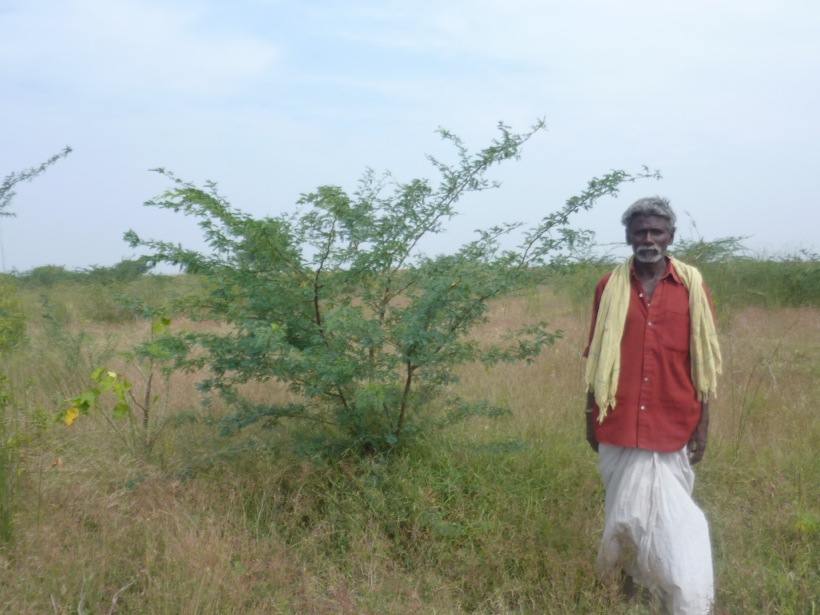
JB: Just the logistics of getting there.
FP: Yes, just getting the bus to get there. And then when you get there, you’re told to come back tomorrow. But there are heroes in this. People who take the big picture—I met some American lawyers in Liberia, for instance, where there are big land use issues— who were very inspired. There is an incipient international land rights movement happening. I don’t know if it will happen on a large scale, but there is potential for a global movement, like the environmental movement, to whom local people can turn and feel empowered.
JB: A recent World Bank report on land grabs said that 30% of the land that was taken actually got used for its stated purpose.
FP: Absolutely. An awful lot of projects crash and an awful lot of people walk away without personally having lost anything because they set up limited liability companies. If worse comes to worst and it goes bankrupt, you walk away and you haven’t lost. If those LLCs start doing things that are regarded as socially destructive, then you have to change the rules under which they operate.
JB: Politics have to intervene a little bit.
FP: Government is there to restrain the market. It is one of the reasons it’s there. The job of government is not to get out of the way.
JB: Karl Polanyi writes about unfettered capitalism, that the commoditization of the land would lead to the destruction of society because there is no intervening force, no regulatory force. This brings up for me something you write about in your book: you refer to land grabs as the tragedy of the commons in reverse. What do you mean by that?
FP: The conventional idea of the tragedy of the commons is that without private ownership, everybody tries to get their share out of the land without looking out for its long-term security. With land grabs, the privatization of land in large swaths is leading to a destruction of the land previously maintained in common. Very little land is held by the commons without any strings of ownership attached. If you go around the common lands of Africa, there are very complex traditional rules—they evolve, of course—but an outsider might view it as a commons waiting for its tragedy. It doesn’t work like that. Where it is like that it’s usually because traditional ways of use have been undermined.
JB: What about the role of the banks and the financial institutions in all of this?
FP: What I find interesting is that the people involved in pushing investment in land and food commodities talk the same narrative as environmentalists did 40 years ago. Especially in Latin America. These guys will give you prospectuses and documents, saying, ‘This sums up what we’re doing,’ and you read the bloody thing and it sounds just like Limits to Growth. It’s all about populations doing this and that. It’s rather crude and Malthusian, with which I have always had quite serious problems. It disguises all politics. It suggests that there is no political solution, and we’d all better just run off into the hills. And this is reinforced by the fact that these narratives are now being used by people touting investments in these commodities. They’re talking about resource crunches and all these things. ‘There are going to be food shortages, so buy buy buy! It’s bound to increase in value! You can’t lose!’
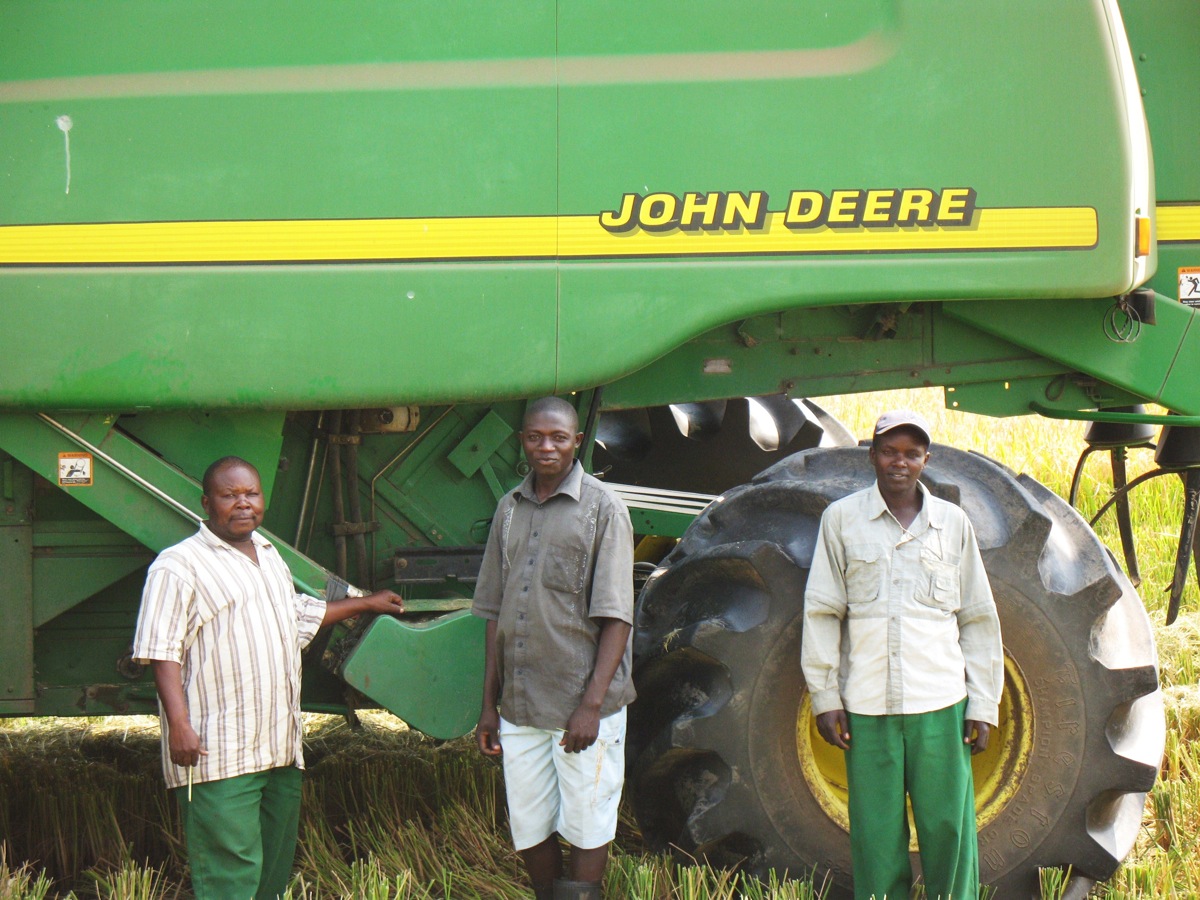
JB: What do you think can be done about land grabs?
FP: For Africa at least, there’s room for an increase in confidence and reliance in its own resources. There is a post-colonial reflex to think that all good ideas come from somewhere else and that foreign investment and foreign expertise, foreign consultants, are what’s needed. The foreign capitalists are very happy to collude with that. I think it’s a mistake. I don’t want to put up barriers and shut out all foreign investment, but Africans have to be in control at all levels. People talk about social capital, which is a totally abstract term, but when you go into a rural community and see how people interact, how when farmers are looking for new seeds, they don’t go the store, they go into the local markets and exchange with other farmers, it becomes clear. Those kinds of social capital and knowledge and contacts and links are something that should be built on, rather than demolished.
People talk quite a lot in the development world about looking at communities as networks of livelihoods. There are farmers, but people are also doing handicrafts and other making goods, trading them with each other, setting up markets. There are complex networks within farming communities. One of the lovely stories, for instance, is the Indian dairy industry, the coops. They are built around smallholder farms, usually a handful of cows, yet have scaled up into a mega industry. I was in Gujarat working a few years ago on a book, meeting farmers who literally have just two acres and three or four cows. They would wake up every morning, milk those cows, put the milk in the churner, and take it to the dairy. It was just stunning. You think: look, people can do that. Why aren’t there more dairy coops?
I always have arguments with environmentalists in Europe. We import a lot of green beans from Africa, and the environmentalists say, ‘Oh you shouldn’t do that, we should be boycotting these beans because of the chemicals and the working conditions.’ But having been down there, I’ve seen that this just isn’t true. Most of those vegetables are being grown by smallholders. Yes, they’re being told what to grow and how to package those beans, but they are making a good living, they’re playing into a global market system, and nobody local is going hungry. If you can do that, you can have dairy coops selling back to the local communities. We need to facilitate people in running their own businesses.